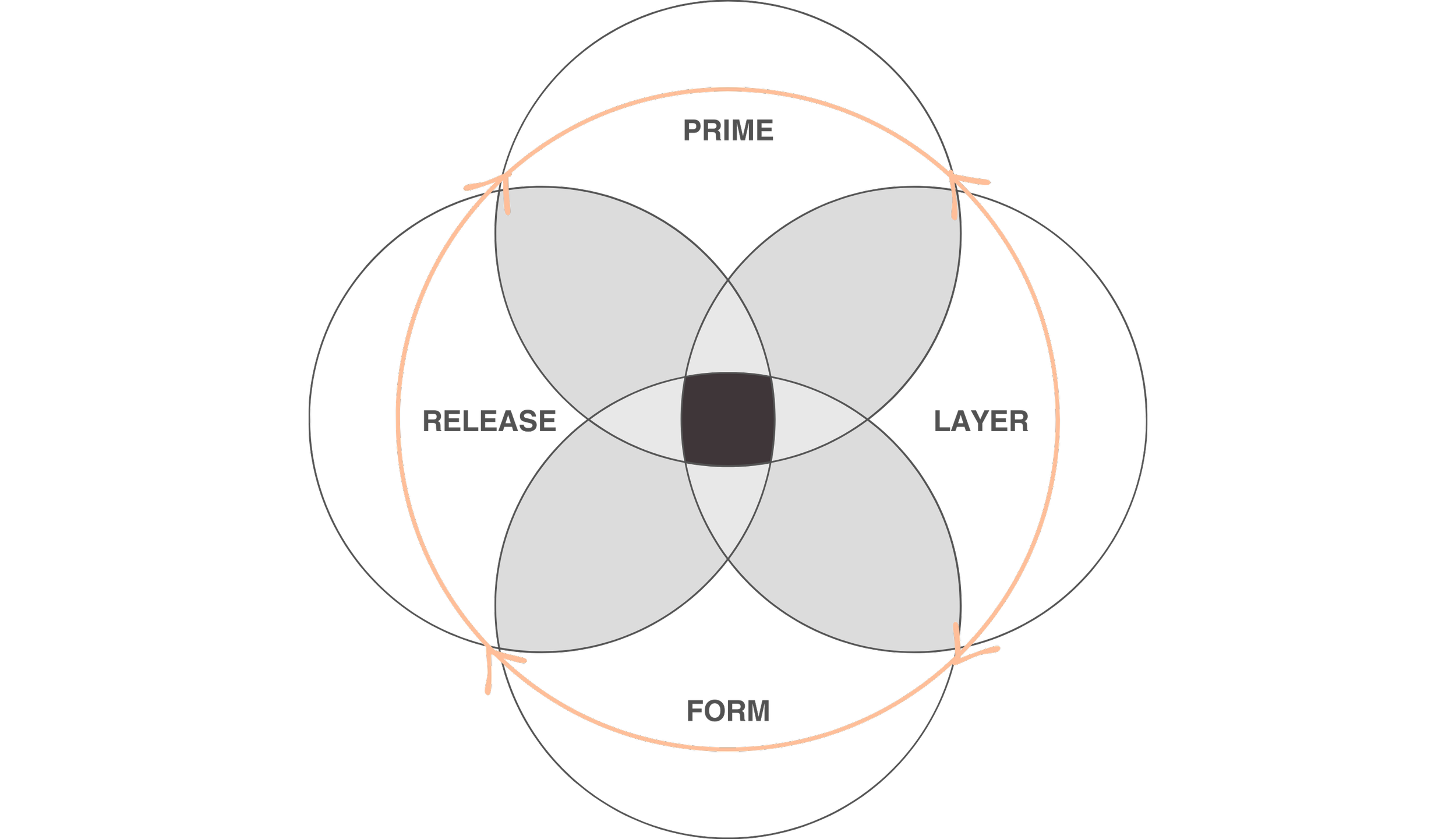bring
method
to the
madness.
I analyzed common artist myths and uncovered proven methods for executing bold ideas.
MADDENING ARTIST MYTHS
We’re tortured souls who must suffer for our work.
We’re born with innate talent.
We can’t pay rent with our art.
ACTUAL artist methods
Human experience – like suffering or celebration – is often the antecedent to a masterpiece; harnessing it requires a methodical interpretation of emotions and ideas.
Art isn’t an output of talent alone but hours of practice, requiring problem-solving and collaboration methods.
Art pays bills when sound business methods are employed, and resources are accessible.






Change communications... from me, to me